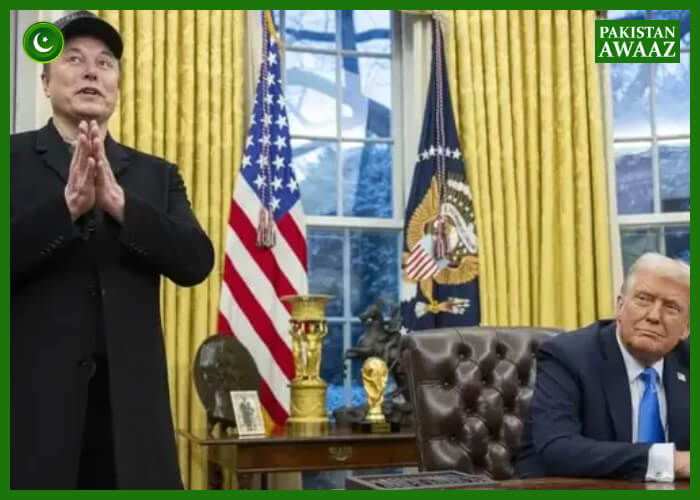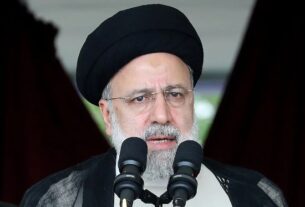Elon Musk Quits Trump Administration After Efficiency Drive Fails
Elon Musk quits Trump dministration following a turbulent period serving as a special government adviser. The Tesla CEO had spearheaded a federal efficiency campaign but ultimately left without achieving the large-scale savings he promised. The White House confirmed on Wednesday night that the process of his departure had started.
Musk expressed his gratitude to President Donald Trump in a post on his platform X as his role in the government came to an end. However, insiders revealed that he exited without a direct conversation with Trump. His resignation came just a day after he openly criticized a Republican tax proposal, which he believed would undercut the work of the Department of Government Efficiency (DOGE).
Internal Conflicts and Rising Tensions
According to officials, some of Musk’s recent remarks created friction within the administration. Top White House officials, including Deputy Chief of Staff Stephen Miller, were said to be upset by his remarks. As a result, the White House had to reassure Republican senators about Trump’s commitment to the legislation.
Although Musk remained close to Trump, his influence steadily diminished over time. Early in the administration, he had become a bold and visible figure, even appearing at the Conservative Political Action Conference wielding a red chainsaw as a symbol against bureaucracy. However, his aggressive tactics began to alienate key cabinet members.
Clashes and Policy Disagreements
Musk clashed with several senior officials, including Secretary of State Marco Rubio, Transportation Secretary Sean Duffy, and Treasury Secretary Scott Bessent. He went as far as calling Trade Adviser Peter Navarro a “moron.” While Navarro brushed off the insult, sources say the internal friction made Musk’s position increasingly untenable.
His earlier claims that DOGE could cut $2 trillion in federal spending were not realized. Cabinet members became more assertive in rejecting his proposed job cuts, especially after Trump emphasized that hiring decisions were ultimately theirs to make. Musk’s vision of trimming the workforce by revoking remote work privileges fell short of its intended impact.
Shifting Focus to Tesla
By April, Musk had hinted at a reduced role in government. During a Tesla earnings call, he said his focus would return to business ventures. His departure was inevitable as his 130-day mandate was due to expire by May 30. In a CBS interview, Musk criticized the growing federal budget, stating it undermined DOGE’s efforts.
Despite stepping down, Musk emphasized that the DOGE mission will persist and continue to influence government operations. “The DOGE mission will only strengthen over time,” he said, pointing to the nearly 260,000 federal job reductions as evidence of the agency’s early success. His political activism, including nearly $300 million in donations to Trump and Republican candidates, has sparked protests and investor concerns about his divided focus.
Conclusion
Elon Musk quits Trump administration after a bold yet contentious government stint. While he promised efficiency and reform, internal clashes and limited results led to a quiet exit. Musk is now refocusing on Tesla and his other businesses, indicating a withdrawal from political activities.
Also Read: Youm-e-Takbeer Celebrations Across Pakistan Today




